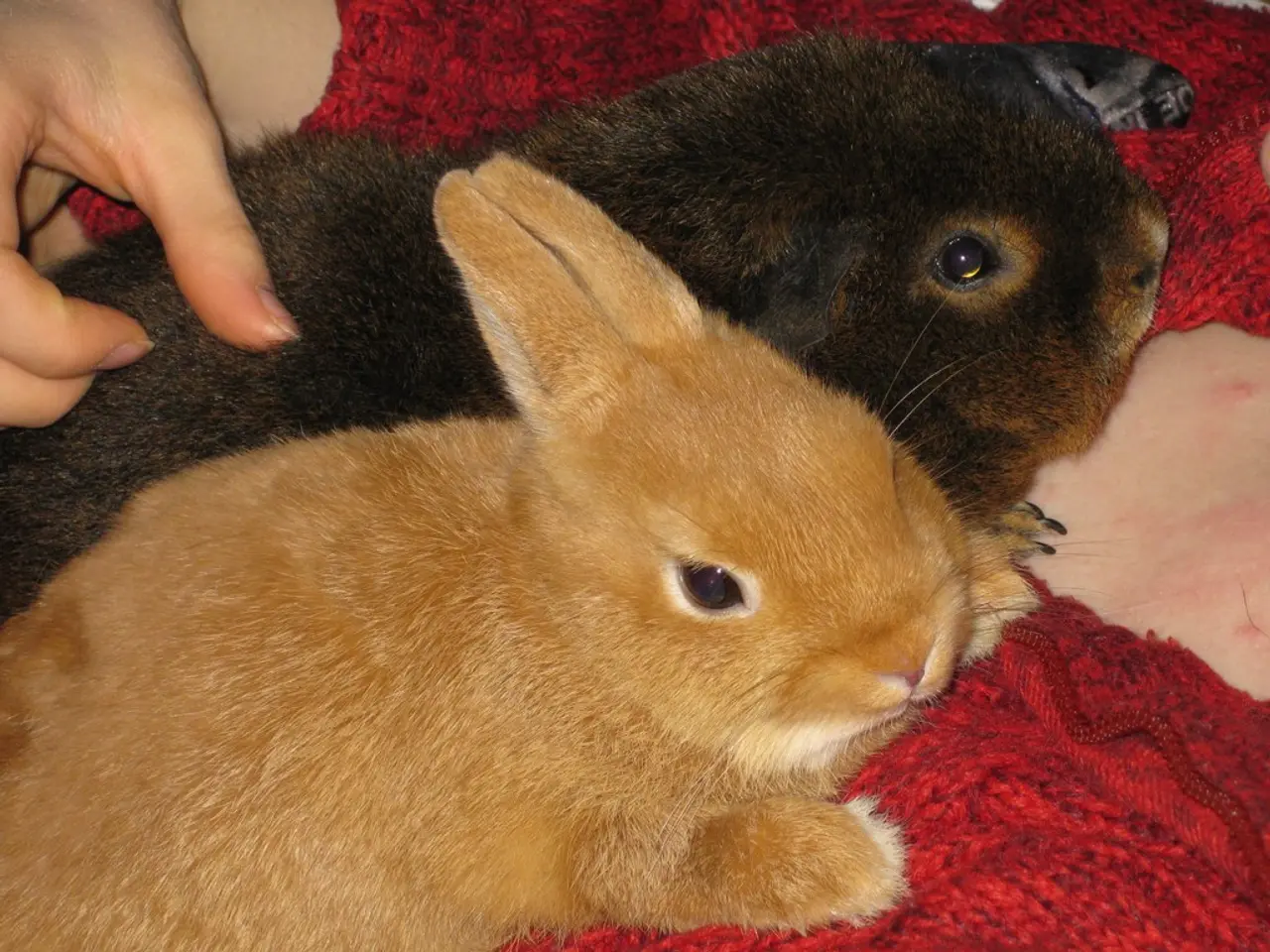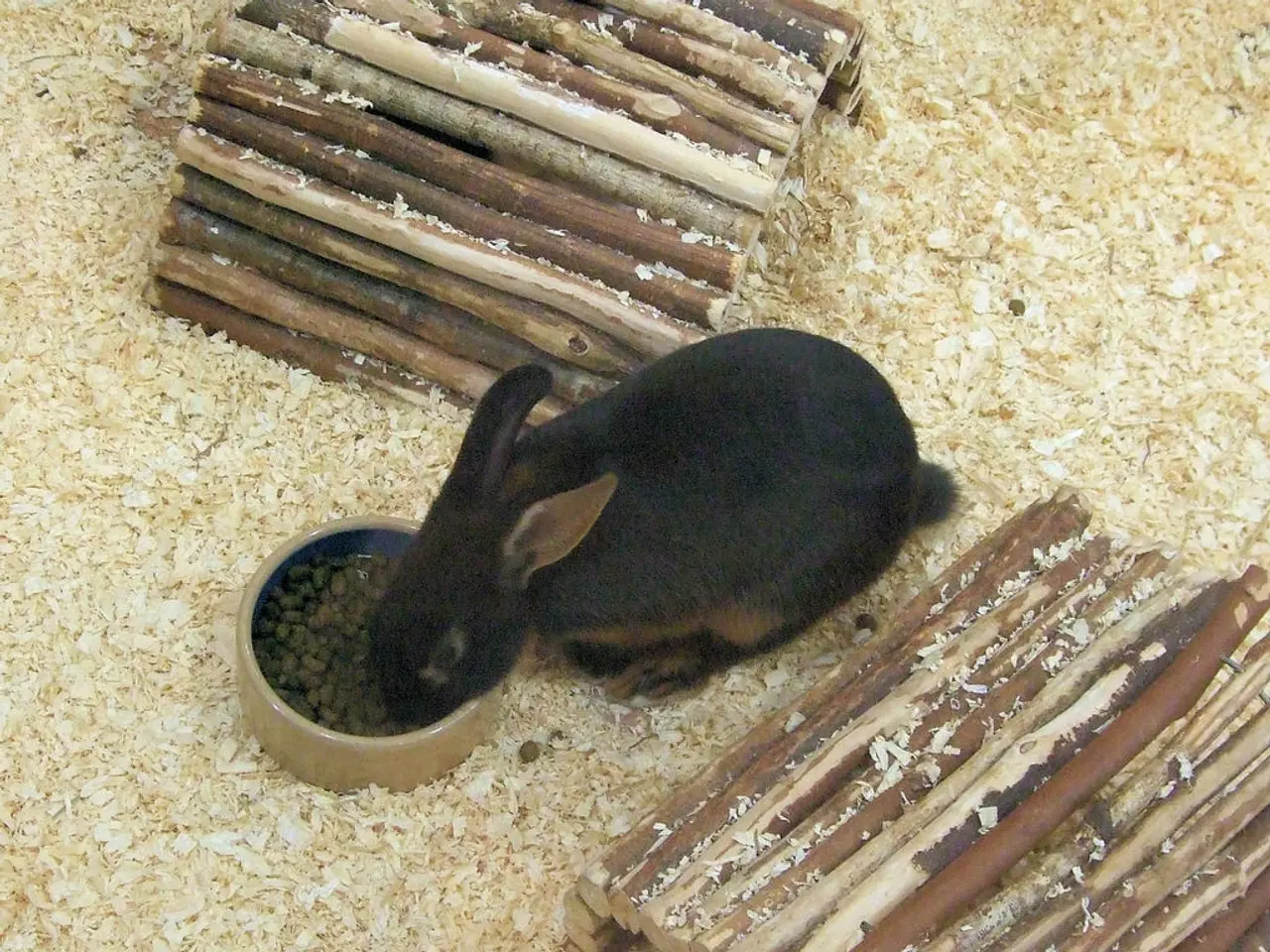Investigating Different Juniper Bonsai Shapes: Delving into Cascade and Windswept Designs
Mastering the art of creating natural decay through deliberate deadwood creation (jin) is essential for achieving a realistic and mesmerizing representation of age and weathered beauty on a Juniper Bonsai. This technique adds a profound sense of authenticity to a Bonsai, evoking the passage of time and the forces of nature.
Choosing and Preparing Your Juniper
Start with a healthy young Juniper (Juniperus spp.), which is ideal due to its naturally compact foliage, fibrous bark, and excellent response to wiring and pruning. Suitable species handle many climates and styles, growing naturally 3 to 50 feet but can be trained into bonsai sizes from 6 to 30 inches.
Creating a Cascade Bonsai Style (Kengai)
The tree’s trunk flows downward below the pot’s base, emulating how a tree might grow over a cliff or waterfall edge. Select a sapling with a strong, flexible trunk. Use heavy wiring on the trunk early to bend it downward in a smooth, flowing line. Bend the apex below the pot rim, sometimes hanging significantly lower. Prune side branches to balance the downward cascade and maintain foliage pads in triangular clusters. Position the bonsai in a tall pot to accommodate the downward cascade. Juniper’s rugged bark and compact foliage enhance the dramatic, natural cascading look.
Creating a Windswept Bonsai Style (Fukinagashi)
The tree looks like it has been shaped by persistent strong winds blowing from one direction. Choose a juniper with a naturally leaning trunk or flexible branches. Wire the trunk and branches to bend in one direction, mimicking wind pressure. Keep the foliage on the windward side trimmed closer and more compact, allowing branches to flow back, tapering towards the leeward side. Prune to create asymmetry, emphasizing the directional flow. Juniper's rugged bark and fine foliage accentuate this wild, windswept effect.
Ongoing Care and Styling
Regular wiring will be needed to maintain shape; Junipers respond very well to wiring but avoid damaging the bark. Prune new growth frequently to keep the compact foliage style, especially on cascade and windswept forms. Grow in well-draining bonsai soil, provide adequate sunlight, and protect from extreme cold or heat outside their USDA zones (usually zones 3 to 9 depending on species).
Alternative materials for shaping and holding Bonsai branches include raffia, twine, and clips, offering gentler, more organic options for delicate species or temporary styling, while still achieving the desired structure and aesthetic.
With careful attention to artificial lighting, temperature control, and humidity management, you can successfully grow a Juniper Bonsai indoors, albeit with some compromises. The pot chosen for the Juniper Bonsai should echo the natural, organic forms of the tree, subtly drawing the eye downward to emphasize the dramatic, flowing branches.
In summary, Junipers' natural attributes—flexible trunks, compact foliage, and textured bark—make them excellent for both Cascade and Windswept bonsai styles, achieved through careful wiring of trunk and branches, strategic pruning, and positioning to enhance the illusion of natural forces shaping the tree. Pots with soft, rounded edges and earthy tones that blend seamlessly with the tree's rustic beauty are ideal. Achieving a harmonious downward flow in a Juniper Bonsai composition requires a deep understanding of the tree's natural growth patterns and a deliberate approach to branch placement and shaping. The Juniper Bonsai, with its harmonious union of art and nature, yields a symphony of form and movement, evoking a sense of serenity, movement, and enduring power.
Enhance the aesthetic appeal of your Juniper Bonsai by incorporating elements from different aspects of life into its surroundings. Arrange lifestyle items such as fashion-and-beauty products or books around the bonsai to create a harmonious ambiance, reflecting the unification of art and nature within the bonsai itself.
To further complement your bonsai's natural beauty, consider incorporating elements of food-and-drink, home-and-garden, and pets. For instance, a small water dish or pet feeder in earthy tones can blend seamlessly with the organic forms of the Juniper Bonsai, while a vase filled with fresh flowers can accentuate its cascading style (Kengai). Alternatively, placing a small ornamental birdhouse nearby (home-and-garden) can mimic the bonsai's windswept style (Fukinagashi) by invoking a sense of birds struggling against the wind.
Furthermore, treating your Juniper Bonsai as part of a larger entertainment setting can help immerse guests in the bonsai's serene environment. Stage your bonsai as the centerpiece of a themed space, such as a tranquil Japanese garden, or incorporate it into a larger room layout, such as a living room or office, where it can serve as a peaceful focal point amidst the active flow of everyday life.




